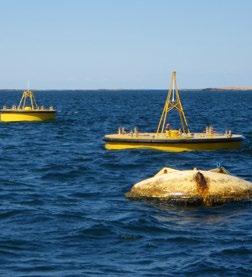
6 minute read
Collision
Electromagnetic Fields
Description
Electromagnetic fields (EMFs) occur naturally around the world, including in the marine environment. However, many anthropogenic activities, such as subsea cables, ships, or bridges, may alter or increase EMFs. Power export or communication cables used in MRE projects emit EMFs. These cables are typically buried, laid on the seafloor, or draped in the water column. Marine species with specialized sensory capabilities, such as some species of sharks, skates, rays, turtles, and crustaceans, may detect and react to EMFs. Artificial EMFs are thought to cause changes in the behavior and movement of susceptible animals and may potentially cause long-term changes in their growth or reproductive success. The animals most likely to be affected by EMFs from MRE systems are those that spend time close to a power cable over extended periods of time—mainly sedentary animals or benthic organisms with small home ranges.
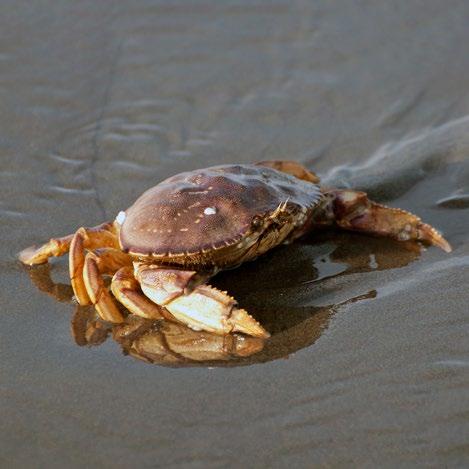
Level of knowledge/uncertainties
Laboratory and field studies of biological and behavioral changes caused by EMFs have been carried out for a wide range of freshwater and marine species. Some studies have shown limited behavioral change for a few highly sensitive species, but overall the impacts due to the presence of EMFs from MRE cables or devices are unlikely to harm marine animals. In addition, the EMF levels from MRE cables are comparable to or lower than those from existing subsea power cables and lower than those used for offshore wind. For small numbers of MRE devices, the risk from EMF can be considered to be low.
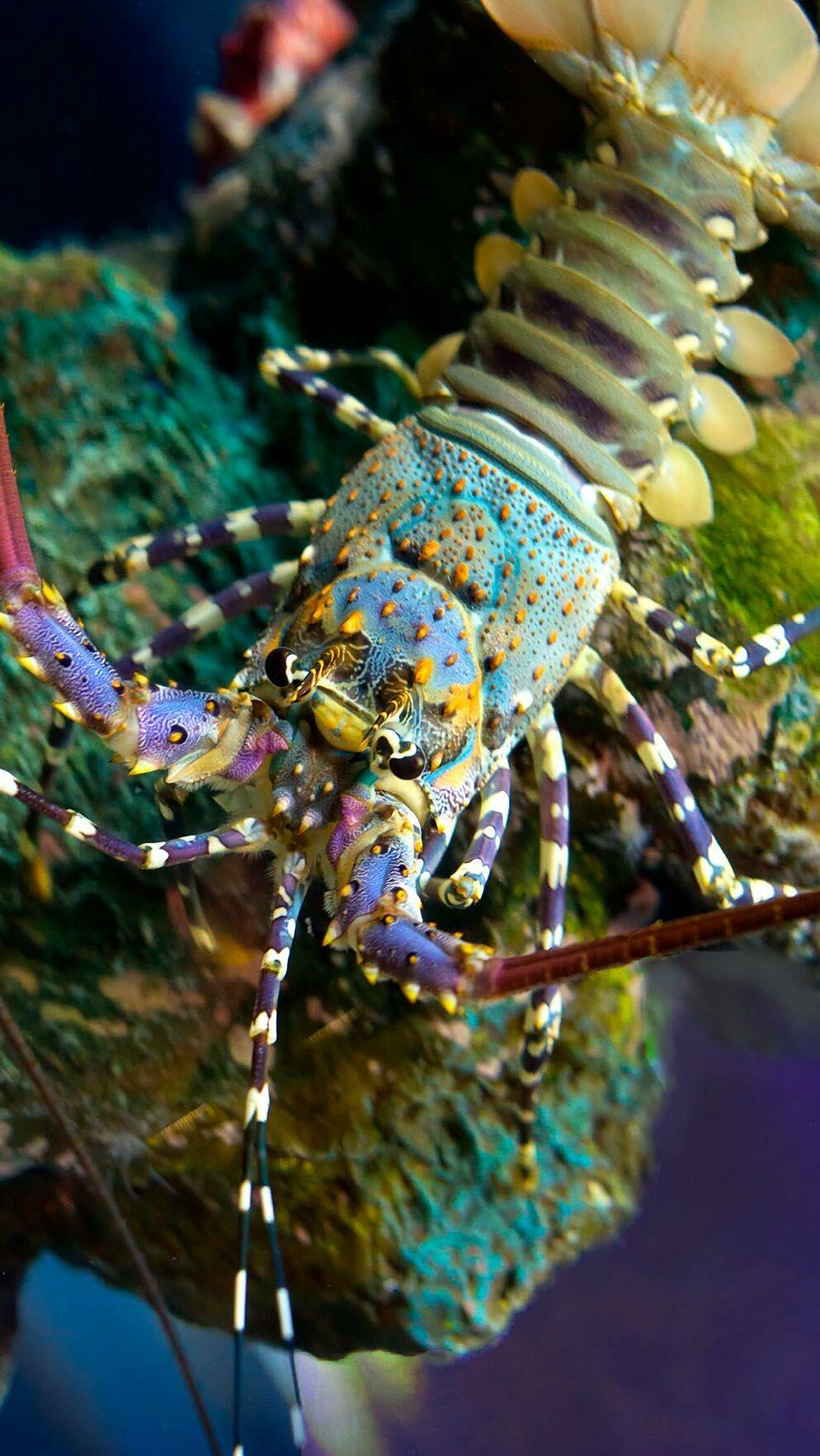
Guidance and recommendations
The scientific community has determined that EMF impacts from single MRE device cables are minimal. In addition, physical barriers (i.e., cable burial, shielding for electric fields) can help protect marine animals from high levels of EMF exposure. Exchange of information across the MRE sector and with other industries deploying cables will help continue to accumulate data about the effects of EMFs and improve understanding of the levels present in different cable types and configurations. This information will be useful as the MRE industry scales up to arrays of devices with increasingly complex cable deployments. Though extensive monitoring may not be necessary for every new MRE project, it will be important to assess existing EMF sources, susceptible species, and local environmental conditions at an MRE deployment site. The cumulative effects of many cables in the ocean remain unknown and will need to be considered as larger arrays of MRE devices are deployed, especially in areas with existing sources of anthropogenic EMFs.

Electromagnetic Fields
The dial summarizes the broadly understood level of risk from underwater noise to marine animals for small numbers of devices.
MRE Case Study: Effect of EMF on crab from energized power cables on the U.S. West Coast
In Southern California and in Puget Sound in WashWashington ington State, field experiments were Origon conducted to determine the effects of energized submarine power cables on two local crab species; they assessed whether cable pres-
California ence would act as a barrier and/or cause changes in crab movements. Crabs were placed
Pacific Ocean in baited traps connected by a wire tunnel over the cables and scuba divers observed their movement across the cables. Results showed no evidence that EMFs prevented crabs from crossing the cables, and there was no difference in crab responses to unburied or lightly buried cables. This study used an energized submarine power cable as a proxy for underwater offshore wind array cables, which are likely to carry more power and produce higher EMF emissions than a single MRE device.

Changes in Habitat
Description

Introducing any new structure to the marine environment can change the physical habitat, and have the potential to alter where animals live and how common they are at a particular location. Changes in habitat can be caused by installation, operation, and/ or decommissioning of MRE systems. Installation of MRE systems (including the device itself, foundations or anchors, mooring lines, and cables on the seafloor or in the water column) may lead to alteration, loss or creation of benthic and pelagic habitat, potential for introduction of non-native species, and possible changes in animal behavior or ecosystem function.

Level of knowledge/uncertainties
The effects of MRE on habitats are similar to those of structures involved in other well-studied marine industries, such as offshore wind turbines, navigation and observation buoys, platforms, docks, oil and gas rigs, and piers. Several studies at deployed MRE devices have shown rapid recovery from the disturbance caused by device installation. Based on existing information from analogous offshore industries and the relatively small footprint of MRE foundations, anchors, and mooring lines, this risk can be considered to be low. Some uncertainty still exists regarding the spatial and temporal scales of changes in habitat, but this is mainly a question for scientific researchers and not necessarily a concern to be addressed at individual MRE project sites.
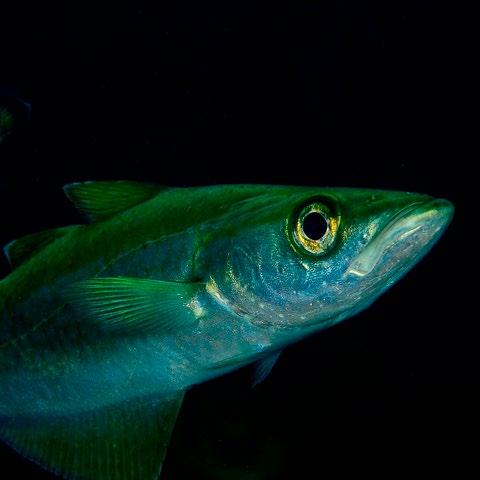

Guidance and recommendations
The most critical aspect for minimizing harm to marine habitats is appropriately siting MRE projects to avoid rare or fragile habitat types. This will require baseline assessments and data collection to understand the surrounding habitat in an area of interest. As long as projects are appropriately sited, changes in habitat caused by MRE devices and arrays are likely to pose a low risk, and post-installation monitoring for changes in habitats may not be needed. Long-term research studies are recommended across industries from a scientific perspective to understand site recovery, colonization, and artificial reef effects on the ecosystem, especially to understand the cumulative effects of developed ocean space, but these studies are not needed as part of regular project permitting.
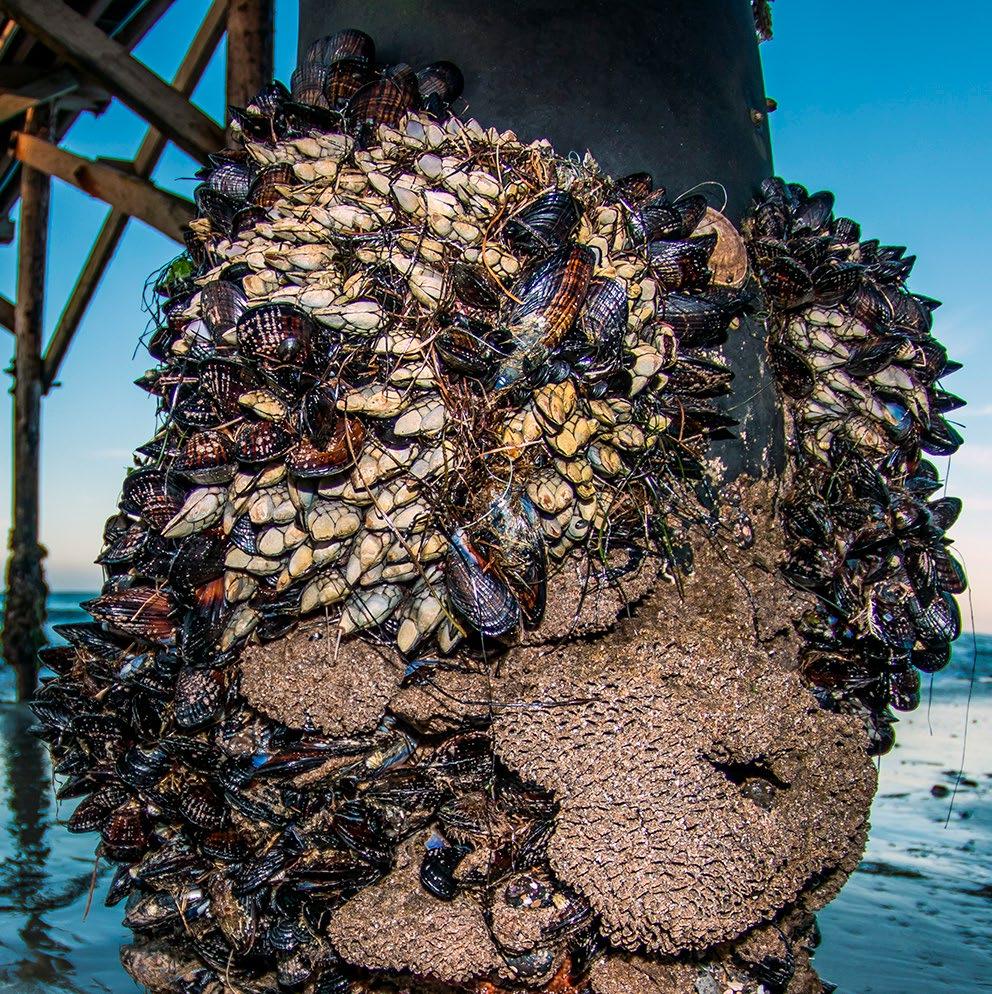
Changes in Habitats
The dial summarizes the broadly understood level of risk from changes in habitats to marine animals for small numbers of devices.
MRE Case Study: Artificial reef effect at Lysekil
The Lysekil test site off the west coast of Sweden was used to monitor the abun-
North Sea Norway Baltic Sea dance and behavior of fish and invertebrates around WEC foundations. Visual surSweden veys were conducted on and around the WEC foundations and at control locations periodically over a 12-year period. Species observed at the WEC foundations included brown crab, European lobster, cod, and several species of flatfish. The results of this long-term study clearly demonstrated an artificial reef effect—greater abundance and biodiversity of species on and near the foundations than at the control sites—but results varied over the years. Colonization of the foundations was perceived to be a beneficial effect of the Lysekil test site, because it created new hard-bottom habitat for existing native species within a soft-bottom area.
While some concerns remain that the foundations would facilitate invasive species spread, no non-native species were recorded during the course of the study.
